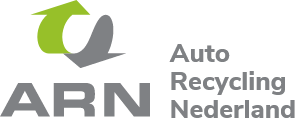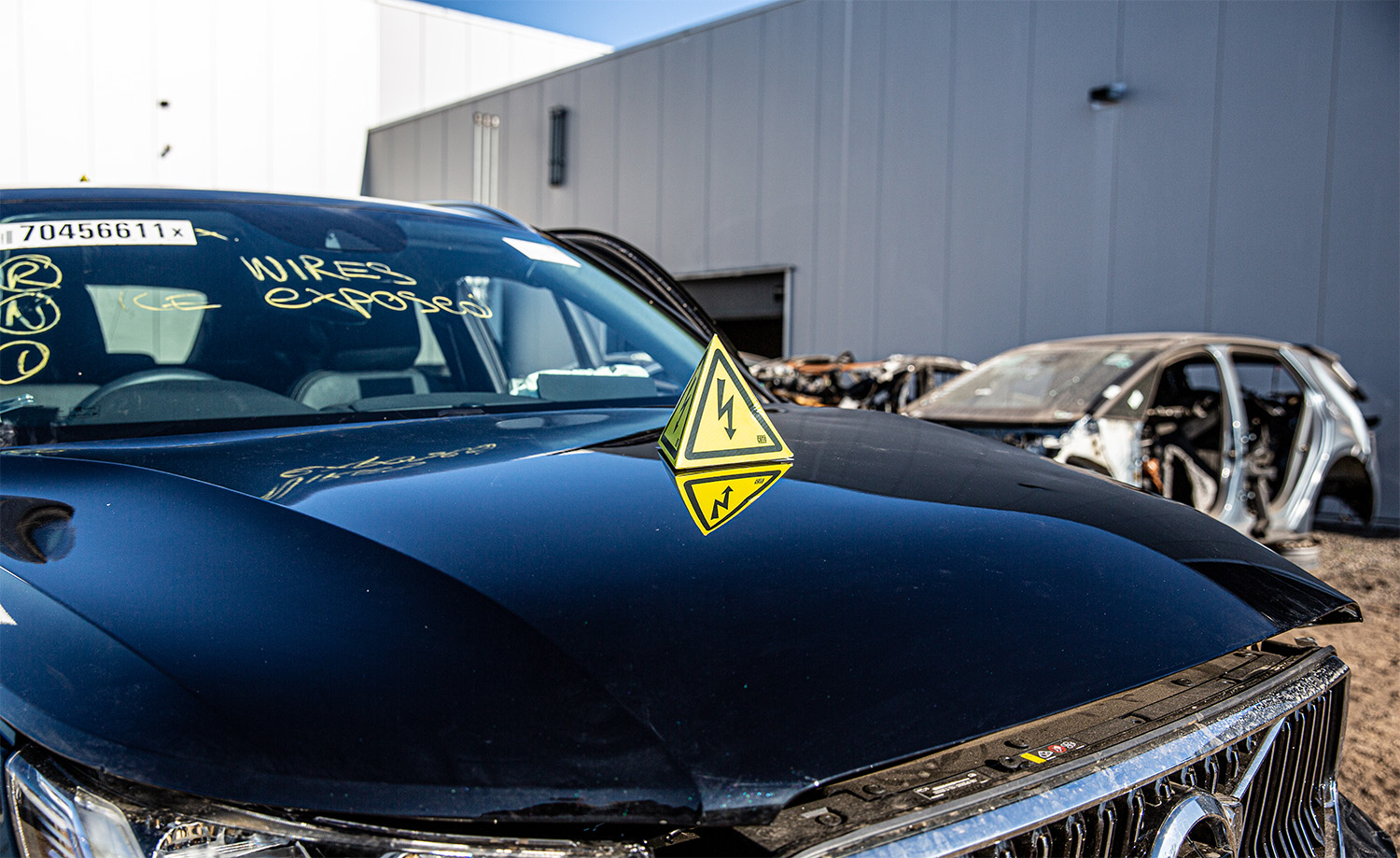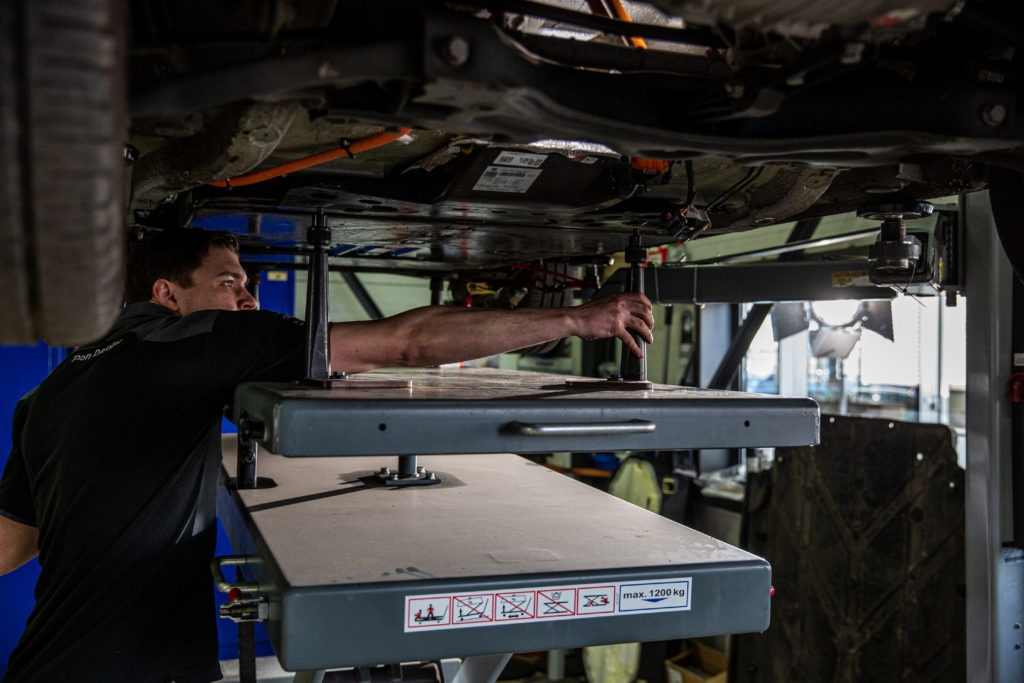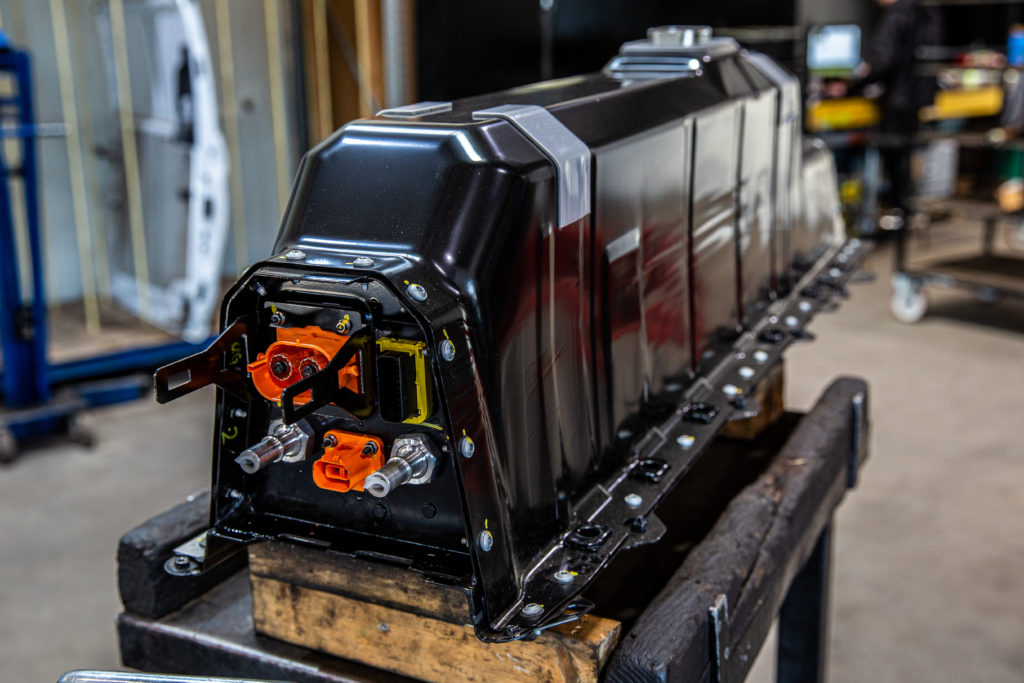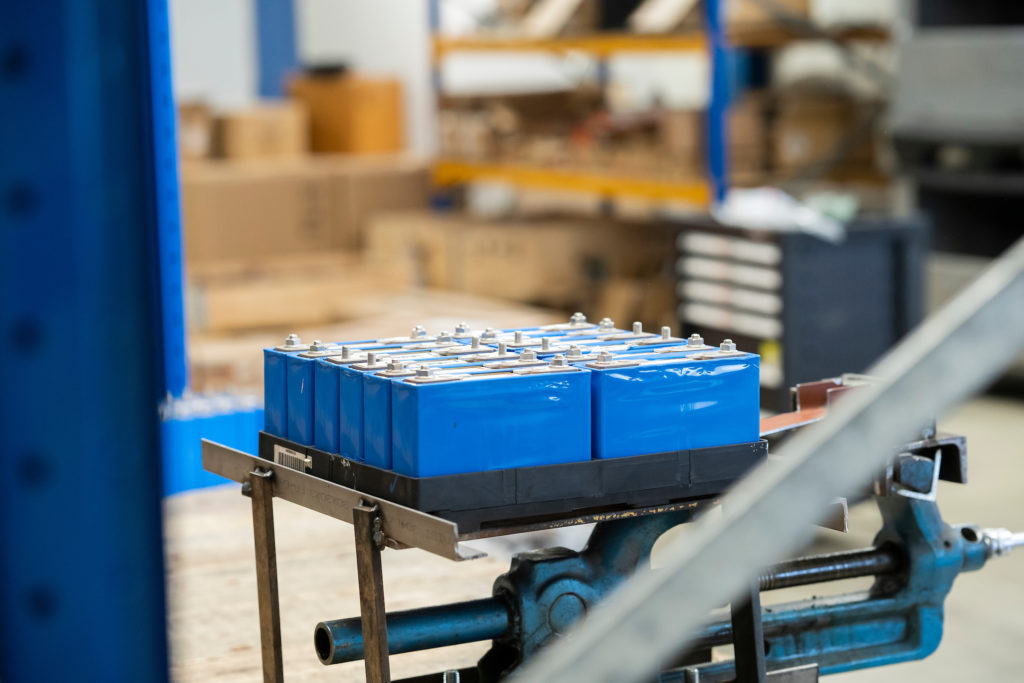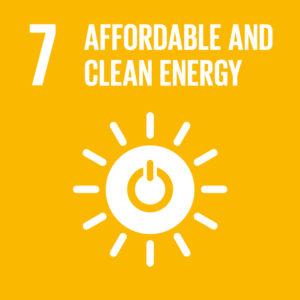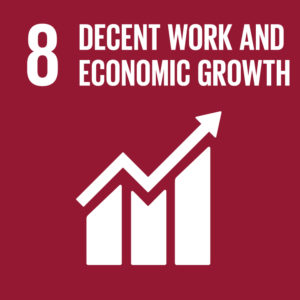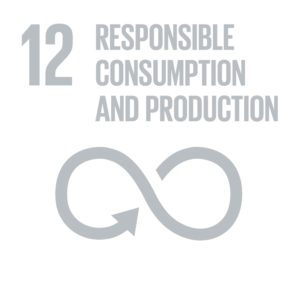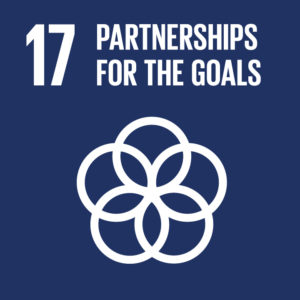ARN Management Plan clearly fit-for-purpose
Battery recycling more or less mature
We’ve reached the stage where it’s difficult to imagine there being no electric cars on our roads. The Netherlands is a global leader in the use of electric cars. It’s hardly surprising then that in 2021 alone, a little less than 130 tonnes of drive batteries and their modules were collected through the ARN Management Plan.
If a battery is functioning below par, the current trend is not to replace the complete battery, but only the modules that are underperforming. This extends the life of the battery pack. To make it possible, the focus this past year has been to deploy high-voltage technicians in workshops, particularly at dealer level. ARN quickly identified this trend in 2021 because more modules were being registered for recycling than complete battery packs.
Collection
Where do the batteries and modules collected through ARN come from? A tiny proportion, less than one per cent, comes from car-dismantling companies. Nowadays, most of the batteries and modules that are collected come from dealerships. Car manufacturers are continuously making improvements to their electric vehicles, even those that have been on the market for some time. These can range from small-scale improvements to more-radical modifications – often resulting in recalls via dealerships. ARN organises some of these recalls.
Of the collected batteries, 47 per cent were sent to be recycled by processing companies outside the Netherlands, while 53 per cent were sent to companies for end-of-life-status assessment. These companies test the batteries or modules for suitability and re-introduce them into the market as new energy-storage products.
Not all collected batteries are safe for transport. A small proportion of batteries sent to be processed are termed “non-transport-secure”. What this usually means is that a battery pack, or part thereof, has been damaged to such an extent that more stringent requirements are imposed on its storage and transport to recycling companies. To underscore their safety on the road, non-transport-secure batteries are shipped in special packaging. In 2020, an ARN-affiliated collector invested in this type of packaging, which now makes it possible to safely collect batteries of any size. In 2021, seven per cent of the batteries that were collected were deemed non-transport-secure, while the remaining 93 per cent of the collected battery packs and battery modules were transport-secure.
ARN Management Plan
The obligations placed on the importers of vehicles with drive batteries can be fulfilled collectively. These importers can sign up to the ARN Management Plan. All car importers participate for the registration of starter batteries, while for drive batteries participation is voluntary. Participating car brands pay a management fee to ARN for drive batteries when a vehicle is put on the market. This purpose of the management fee is to cover the future costs of collecting and processing the batteries. ARN also assumes responsibility for reporting to the appropriate authorities.
The amount of this management fee is set every year anew. Janet Kes, Manager Batteries at ARN, explains that, among other aspects, the fee is calculated on the basis of a forecasting model developed by ARN in 2020. “The model takes into account parameters that influence the expected number of batteries, as well as when the batteries are to be collected and recycled. It also takes expected future price developments for processing into account. Battery life plays a key role in all this, as does the number of batteries coming on to the market, what they weigh and the number of vehicles that are exported. The model helps us to predict the coming period as accurately as possible, so that we can also meet our obligations during the coming years.”
A reduction in last year’s management fee, for example, was mainly thanks to an expectation of longer battery life and a future drop in processing costs.
The Netherlands does not yet have any battery-recycling facilities, but several parties are keen to get one up-and-running. With a view to possible cooperation, ARN is currently negotiating with a number of these parties
Janet Kes
Manager batteries ARN
Second use
Batteries collected through car dealerships have an end-of-life status for use in a car. But that’s not to say they cannot be used again at all. Energy sources like these can often still be eminently suitable for stationary energy storage. Companies that can assess end-of-life status can give batteries a second lease of life as the energy source for runway lighting, for example, or railway signals and switches. ARN refers to this form of reuse as “second use”. Of the 127,537 kilos of batteries and battery modules that were collected in 2021, 68,072 kilos were allocated a second use, which was over 53 per cent of the total.
A little less than half of all batteries collected through ARN in 2021 were therefore not reused, but responsibly recycled. In the same way that the technology in electric cars is continuously developing, new ways are constantly being found to recover the raw materials as effectively and responsibly as possible from the high-quality drive batteries that are installed in those cars. You can read more about the latest recycling techniques in the publication Battery recycling: the story so far.
Legislation and regulations in 2023
The European Commission is expected to publish new regulations in 2023 that will significantly increase the requirements and responsibilities imposed on producers. Moreover, it is also expected that what is currently a directive will be upgraded to a regulation. It will take immediate effect and will apply equally to all EU member states. The regulation will include a new category for EV batteries, which will have specific requirements. On the one hand, the mandatory recycling efficiency of used batteries will be increased, while on the other hand it will be made compulsory to use recycled materials in new batteries. To effectively monitor batteries, the regulation also mentions a “battery passport”, in the context of which all relevant battery data, such as composition and CO₂ footprint, will be registered centrally.
The current system for registering a battery – a legal obligation – that is installed in a vehicle and placed on to the market, is functioning well. Participating importers register this in myBatbase, the registration portal of Stibat. In addition to starter batteries and drive batteries, it also includes the portable batteries in a vehicle. Given that batteries are used in more and more automotive components and systems nowadays, their management has become a time-consuming responsibility.
Negotiations with new recycling partners
The Netherlands does not yet have any battery-recycling facilities, but several parties are keen to get one up-and-running, assures Kes. “With a view to possible cooperation, ARN is currently negotiating with a number of these parties.” To spread the risk, ARN will eventually do business with at least two of them, she reveals. “We haven’t yet decided which ones we will opt for, because the approach and phasing of the various start-ups differ from one another. While one party is still in the exploratory phase, another has already applied for a permit and is deciding on a location.” From an efficiency perspective, it is important for ARN that such a processor is established in the Netherlands, she stresses. “It’ll make it easier for us to monitor and, of course, efficiency gains can be made in the area of transport.”
The number of plug-in cars in the Netherlands grew significantly in 2021. By 31 December there were 252,635 fully electric cars, almost twice as many as in 2020. According to RDW statistics, during that same period the number of plug-in hybrids grew by almost 40 per cent, to 140,014 vehicles. With volumes like these it stands to reason that the number of end-of-life batteries will increase in future. The question is: when exactly will it happen? For its part, by conducting the right dialogue in the market, ARN is preparing thoroughly for what is about to come.
Facts and figures
Here you will find the exact figures regarding batteries. For example, how many batteries and modules will be collected in 2021.
Sustainable Development Goals
For the fourth year, ARN is benchmarking itself against the Sustainable Development Goals (SDGs) with the motto ‘lean and green’ in mind. The coloured SDGs shown on the right apply specifically to the content of this page.
